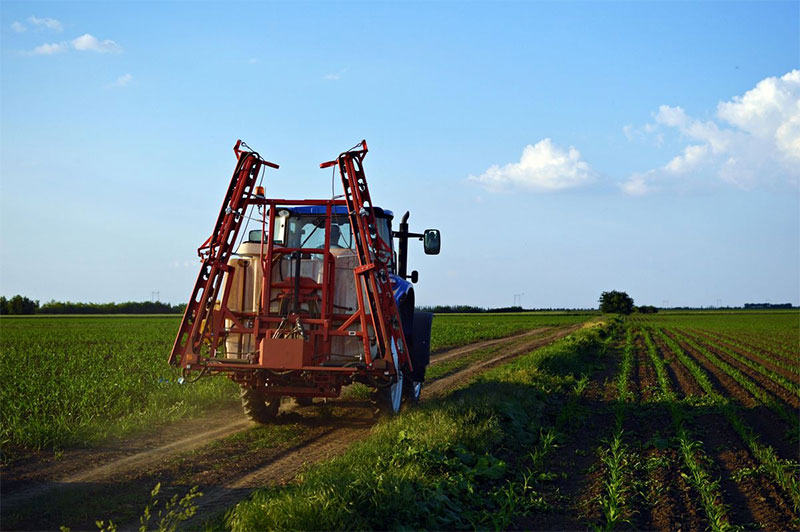Thailand is becoming more successful in the field of agricultural development. Although it has gone through many transitions from being a rural agrarian to an industrial and urban economy, it now is observed experiencing a higher growth rate and huge reductions in hunger and poverty. It is true that Thailand is New Zealand in Asia. It is by far leading the agricultural export. It is producing a wide range of tropical products at relatively lower costs in the world. Thailand is a true example of successful and developing agriculture in industrializing countries.
Exportation Providing The Needed Resources
One of the trends in agricultural productivity growth is the exportation providing the needed resources. That is when growth is as well best supported. What’s more, it supplied cheap food items to the urbanized worker in Thailand. It has offered the foundation for a labor-intensive and dynamic agro-processing industry. It fuelled more of the development in the non-food and rural economy.
Cassava production is also developed for the purpose of exportation in the northeastern region. That includes the most agricultural and the poorest area of the country. Agricultural productivity growth is as seen in the field of poverty reduction.
Following the analysis of multiple regressions, there is growth in agricultural labor productivity and in non-farm employment. Changes also occur in the agricultural prices that greatly impacted poverty reduction.
Now for every growth of 1 percent in agricultural productivity, poverty is also reduced by zero point four percent in Thailand. The majority of farmers are not classified as food sellers; the higher prices of food likely reduce rural poverty.
For every one percent of the growth in non-farm employment, a fair reduction of one percent is noticed as well in poverty. There is also a development in non-farm economy and income diversification. Like in the Northeast, sixty-six percent of the incomes are attributed to the farm.
Better Access to Agricultural Foods
Thailand agriculture contributed to the successful reduction of real food prices. There is a decline in the real price of the rice with the latter as the important staple in the country. That is when a decline is also observed in the no. of households that are impacted by food poverty. Food poverty is also disappearing from urban areas.
Remarkable Economic Sustainability
The latest trends include the remarkable economic sustainability of Thailand agriculture. The story of their progress is brought about by the Thai farms in small to medium scale as turned into a market-focused enterprise. It is now the leading exporter of the traded communities. It is more competitive as an exporter of shrimps, rubber, and cassava. Sustainability as well in the environment is noticed. Thailand is a better place in addressing the challenges of the production of rice and the careful use of rice.
New Markets Are At the Back of Growth of the Specialized and Professional Farmers
The rural incomes now diversify while the growth and substantial share of Thailand farmers have specialized. The farmers are now becoming technically focused and innovative on markets. This is true to say considering the higher-value of markets emerging in economic growth. The professional farmers are representing 19.5 percent of the farmers in Thailand in 2004. This is also against 16.8 percent in the year of 1986. The income of professional farmers is also growing in the periods of 1980 to 1996.
In all these, farm households will be enjoying an even higher income gain as compared to non-farm households. This is also because of the favorable environment for both domestic and foreign investment including the growth in agribusiness.
Now, you have learned already the trends in agricultural productivity growth in Thailand!








